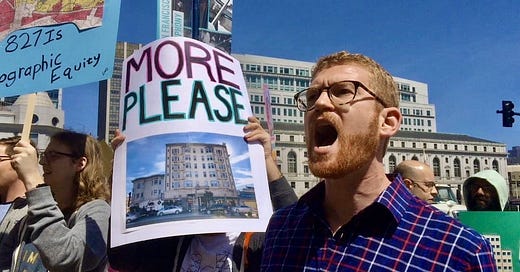CSY Replay #10: Rethinking the Affordable Housing Crisis Series
Where is housing in America headed? A past example that hasn't been fully understood could explain.
Source: housingisahumanright.org
(Note: Now’s as good a time as any to bring this series back. I completed it very early into my transition to the Substack platform, and there might not be many more recent viewers who have checked it out. I encourage you to check out the links to the entire series as well. -Pete)
Originally published: April 24, 2024
Earli…
Keep reading with a 7-day free trial
Subscribe to The Corner Side Yard to keep reading this post and get 7 days of free access to the full post archives.



